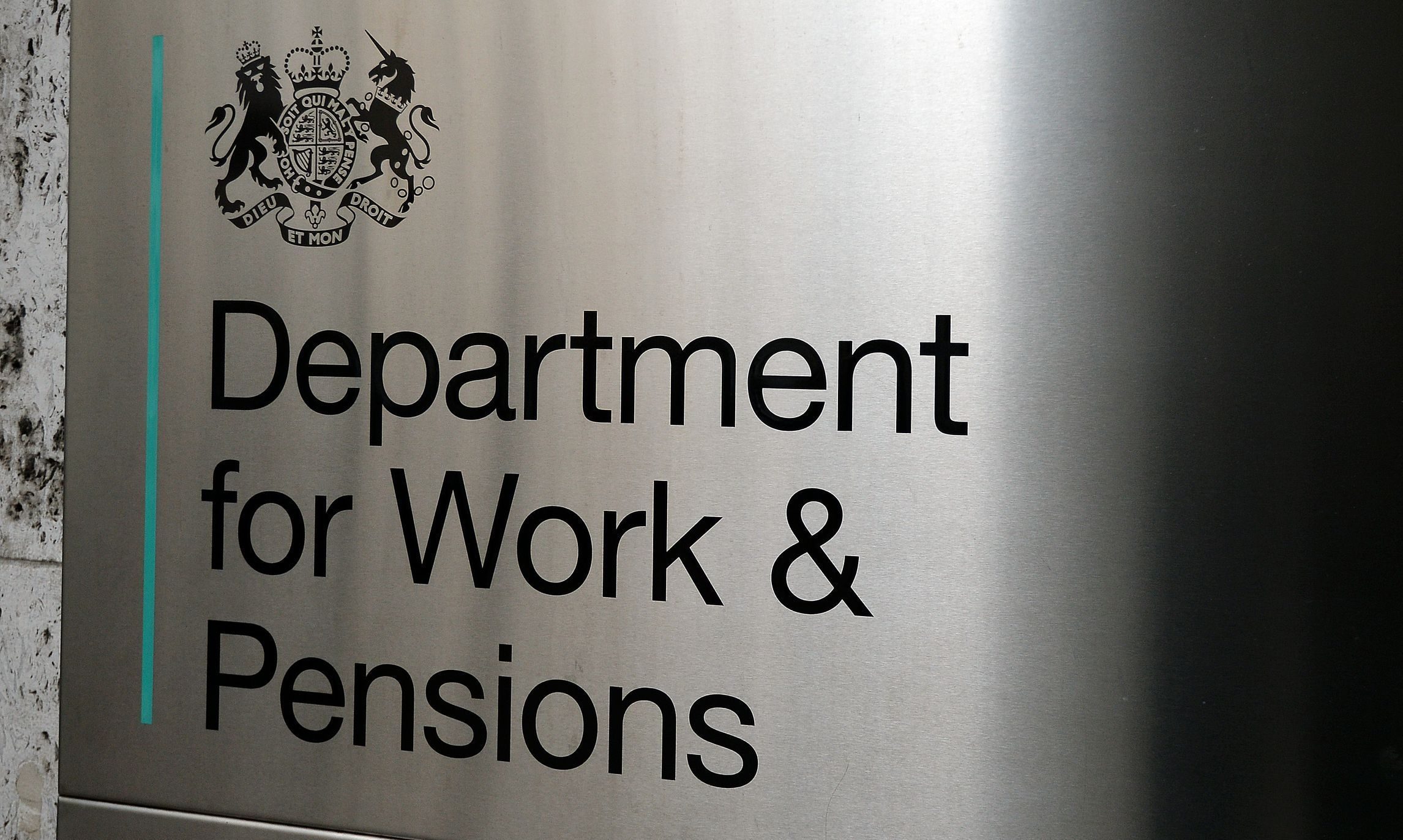A new benefits system for disabled people is making their health worse, leaving many isolated and struggling to pay for food and bills, according to a new report.
A major survey by more than 80 organisations found 79% of respondents said their assessments for personal independence payment (PIP) had made their health worse due to stress or anxiety.
Last week a Dundee man revealed to MSPs the “very inhuman” assessment his daughter had to endure to secure PIP.
More than a third of those who have had their funding cut in the middle of a benefits shake-up said they were struggling to pay for food, rent and bills, while 40% said they had become more isolated.
A small number even said the PIP assessment process was so stressful it was causing them to have suicidal thoughts.
The Department for Work and Pensions (DWP) said PIP was “a better benefit” than the old system and more people received higher levels of support.
But members of the Disability Benefits Consortium (DBC) warned their findings from a survey of more than 1,700 people showed that PIP is failing “from start to finish”.
Debbie Abrahams, the shadow work and pensions secretary, said: “This is an absolute indictment of the Tories’ punitive assessments and the miserable effect they are having on people trying to access desperately needed support.”
The research marks the first time that PIP, which is designed to help people with extra costs caused by long-term illness or disability, has been assessed in this fashion since it replaced the old system of disability living allowance (DLA).
The findings reflect long-standing concerns around PIP, such as a lack of understanding from assessors over mental health conditions and inaccuracies in assessments.
Half the survey respondents said they were receiving less money under PIP than they were previously entitled to under DLA, or had lost their award completely.
A quarter of these said they were not able to get to medical appointments after their funding was cut.
A DWP spokeswoman said more than a quarter of PIP claimants received the highest rate of support, compared to 15% under DLA.
“We are committed to supporting people with disabilities and health conditions, which is why we introduced PIP to replace the outdated DLA system,” she said.
“PIP is a better benefit which takes a much wider look at the way an individual’s health condition or disability impacts them on a daily basis, and is tailored to suit each individual’s needs.
“The latest official research shows that 76% of PIP claimants are satisfied with their overall experience.”
More than 2.4 million PIP decisions have been made, and of these 8% have been appealed against and 3% have been overturned.
The DWP says in the majority of successful appeals, decisions are overturned because people have submitted more oral or written evidence.
Holyrood is due to take control of 11 benefits by 2021, and will also assume the power to create new payments and top-up existing ones.
Social security minister Jeane Freeman said the survey reveals the “devastating consequences” of the PIP process.
“The Scottish Government will soon have the powers over these disability benefits devolved, and we have categorically ruled out the use of the private sector in delivering assessments for disability benefits,” she said.




